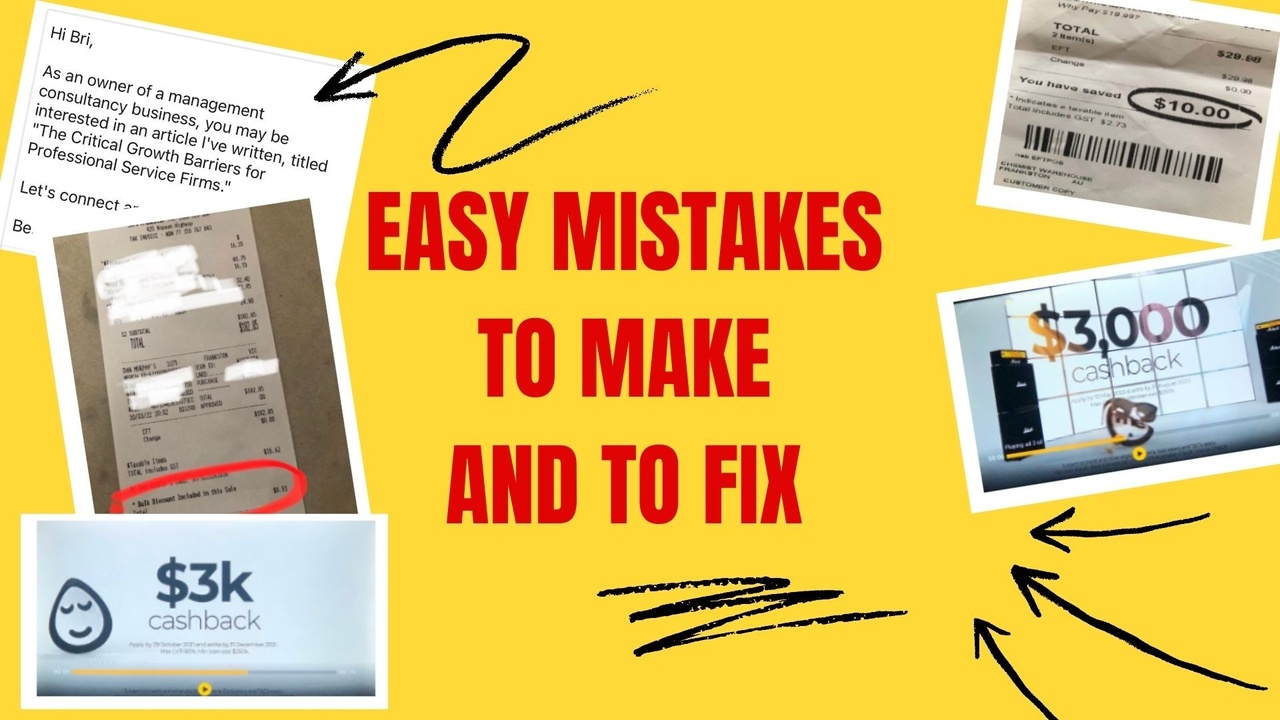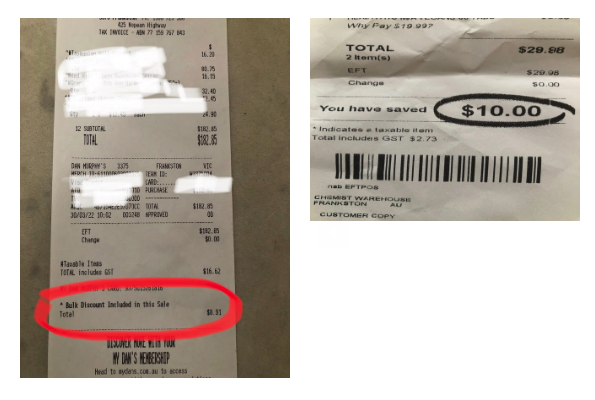Influencing mistakes that are easy to make and to fix

The more you learn about behavioural techniques, the more you'll see how businesses are trying to influence you.
Sometimes they do it poorly, sometimes they do it well.
If you're reading this, I expect you are in a business wanting to do it well?
So let's dive into a couple of examples that caught my eye recently.
What Greg got wrong
Here's a LinkedIn invitation I recently received from Greg.
What did Greg get wrong?

A couple of things.
I liked that Greg mentioned what type of business I own, but it went downhill from there. He didn't show any curiosity about my business, launched straight into his shtick and failed to explain why his article might be worth reading.
But his biggest mistake? Making my connection contingent. I had to connect to get his article. No thanks!
Instead he should have given me the article and created a sense of reciprocity. In other words, I would have felt more pressure to return his gesture with a connection.
I call this GET before GIVE, which you can learn more about as a Just Do This member.
Seemingly small things, like how you sequence words, can make or break your attempts to influence action.
I've got receipts
The next time you receive a receipt, take a look at how they've communicated value to you.
In both instances below, the discount was around $10. Who do you think communicated value better?

The Dan Murphy's receipt (on left) shows prices as net amounts, and buries the "amount saved" news in a line that's easy to overlook. It's not where you would expect to see the discount - more naturally this would be alongside each item's price.
The Chemist Warehouse (on right) receipt leaves the customer in no doubt they've saved money, with bolding and a highly salient circle. The emphasis is on what they've saved, not what they've spent - a lovely use of the "peak-end" rule where you want to leave your customer on a high.
The difference a "k" can make
One of my favourite "what not to do" examples was a bank advertising their cashback offer as $3k.
Well, it seems their ad agency has finally been reading up on behavioural techniques and changed how that number is expressed.

"$3k" made the offer look small and unimpressive. The "$3,000" in this year's ad has greater impact, wouldn't you say?
That's because commas and digits elongate the number, take us longer to process and we are left with the impression it's a big number.
Another seemingly trivial element in the grand scheme of an ad, right? But so easy to get wrong.
As the examples we've gone through reiterate, when it comes to influence you don't know what you don't know.
While it all seems obvious now, it's only obvious in hindsight.
Work with me, either directly or through my online courses or books, and be sure you're not leaving influence to chance.

